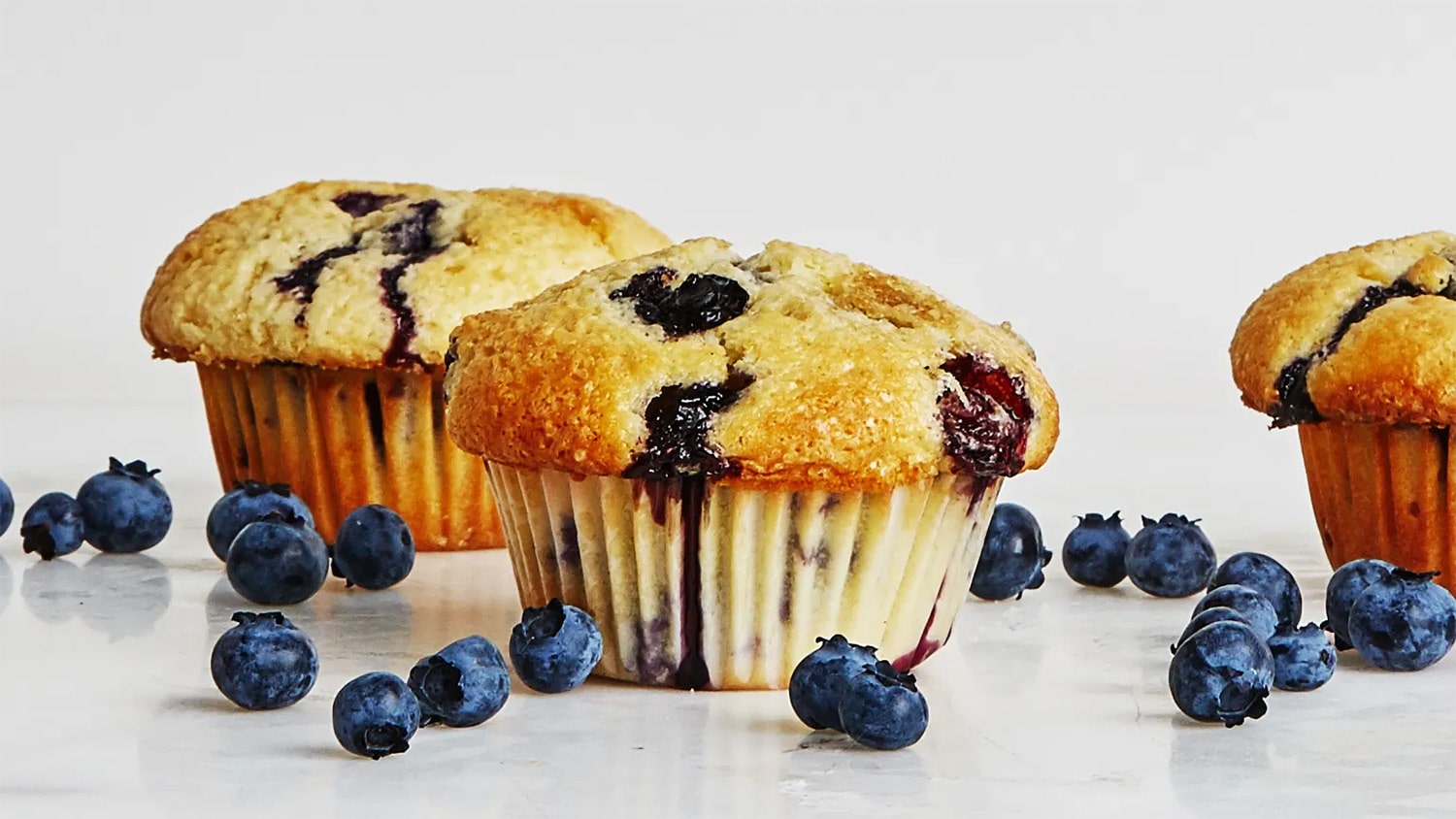
34 interesting facts about muffins
- 👁️ 403
Muffins are a popular baked good enjoyed by people all around the world. Originating from England, the muffin has evolved over centuries into various forms and flavors, adapting to local tastes and ingredients. Today, muffins are a staple in coffee shops, bakeries, and breakfast tables, celebrated for their versatility and deliciousness. Whether sweet or savory, muffins can be customized with an endless array of ingredients, making them a favorite treat for any time of the day. Let’s delve into some interesting and delectable facts about muffins that might enhance your appreciation for these delightful pastries.
- The word “muffin” originally referred to a type of bread that was baked in small, individual portions.
- In the 18th century, muffins were cooked on a griddle or hotplate, rather than baked in an oven.
- Early English muffins were made with yeast and were similar to what Americans today refer to as “English muffins.”
- The American-style muffin, which is leavened with baking powder or baking soda, became popular in the 19th century.
- Blueberry muffins are the official state muffin of Minnesota.
- The largest muffin ever made weighed 146.7 kilograms (approximately 323.4 pounds) and was baked in 2015 in New York.
- Muffin tins, which are now commonly used to bake muffins, were introduced in the late 19th century.
- Muffins can be sweet or savory, with popular sweet varieties including blueberry, chocolate chip, and banana nut.
- Savory muffins may include ingredients like cheese, bacon, and cornmeal.
- The term “muffin top” refers to the part of the muffin that overflows and bakes above the rim of the muffin tin.
- “Muffin top” is also used colloquially to describe the phenomenon of excess waistline spilling over the top of tight-fitting pants.
- Pumpkin muffins are a seasonal favorite in the United States, especially during the fall.
- Some bakeries and coffee shops offer “muffin breaks” as a mid-morning snack option, similar to a coffee break.
- The term “stud muffin” is slang for an attractive man.
- Muffins can be made healthier by incorporating whole grains, fruits, and vegetables.
- Vegan muffins are made without any animal products, using substitutes like apple sauce or flaxseeds for eggs.
- Gluten-free muffins are available for those with celiac disease or gluten sensitivity, using alternative flours such as almond or coconut flour.
- The “muffin man” rhyme, popular among children, is based on the historical practice of muffin men selling their goods door to door in England.
- Lemon poppy seed is a classic muffin flavor, known for its tangy taste and crunchy texture.
- Corn muffins, made with cornmeal, are often served as a side dish with chili or barbecued foods in the United States.
- In Australia, muffins are often split, toasted, and buttered, similar to the way English muffins are served.
- Muffin batter can also be used to make quick bread by pouring the mixture into a loaf pan and adjusting the baking time.
- The “double-dipping” method involves filling muffin cups halfway, adding a filling such as jam or cream cheese, and then covering with more batter.
- “Jumbo” muffins are significantly larger than standard muffins and require longer baking times.
- Bran muffins are considered a healthier option and are often made with wheat bran, raisins, and molasses.
- The “two-spoon” method is recommended for filling muffin cups to avoid drips and ensure even portions.
- Muffin liners, made of paper or silicone, are used to prevent muffins from sticking to the pan and to facilitate easy removal.
- In the 1980s, muffin shops and chains became popular in the United States, contributing to the “muffin craze.”
- Morning glory muffins, containing carrots, apples, raisins, and nuts, were created in the 1970s and remain popular for breakfast.
- Some coffee shops offer “muffin happy hours” with discounted prices to reduce inventory before closing.
- Muffin recipes often recommend mixing the batter until just combined to prevent the muffins from becoming tough.
- Muffins were traditionally served as a sweet conclusion to meals in England before becoming a breakfast item.
- The moisture in muffins comes from ingredients like milk, yogurt, or fruit purees.
- The “muffin method” of mixing dry and wet ingredients separately before combining is a common technique used in baking muffins.
Muffins offer a delightful blend of convenience, variety, and flavor, making them a cherished part of global cuisine. From their humble beginnings to the vast array of options available today, muffins have secured their place as a beloved treat for any occasion. Whether enjoyed as part of a hearty breakfast, a quick snack, or a sweet dessert, muffins continue to delight and satisfy taste buds around the world. The rich history and versatility of muffins demonstrate their enduring appeal and the endless possibilities for creativity in baking.
Muffins are a popular baked good enjoyed by people all around the world. Originating from England, the muffin has evolved over centuries into various forms and flavors, adapting to local tastes and ingredients. Today, muffins are a staple in coffee shops, bakeries, and breakfast tables, celebrated for their versatility and…